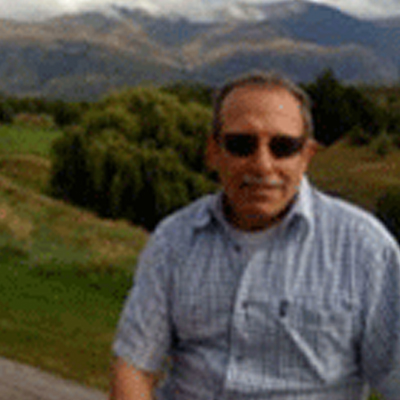This month we highlight a recent interview in Compass (September 2014), IATDMCT’s regular newsletter and highly valued member benefit. Compass interviewed Professor Philip Walson, past president and founder of IATDMCT, for the regular section ‘IATDMCT Mentor Interviews’.
In the interview Professor Walson shared some of his ideas about the future of TDM and clinical toxicology, what we might expect to see and some of the challenges. The full interview, which traces Professor Walson’s extraordinary career, can be accessed here: https://www.iatdmct.org/docment-test/19-iatdmct-compass-september2014-pdf.html [Members only access].
Despite a long list of career achievements including co-founder and director of numerous clinical trials offices; director of various clinical laboratories and poison’s centers, and principal investigator of several institutions and research units, Phil cites being involved in setting up the IATDMCT as one of the achievements he is most proud of.
How were you introduced to IATDMCT? What advice do you have for young people wanting to get involved?
I was one of the founders of the IATDMCT. Both Steve Wong from AACC and I along with Drs. Mimaki and Tanaka came to the conclusion that there needed to be a multi-disciplinary group devoted to TDM. Steve convinced me to add the CT component which was not difficult since I was already involved with the poison control movement and ACMT (American College of Medical Toxicology). The advice I have for young people is that they are critical to the success of TDM and CT; get and stay involved as members and leaders. I also challenge any of our members to name a more inclusive, more global group of colleagues.
What are your predictions for advances in TDM/CT over the next ten years?
As Yogi Berra (a famous baseball player and coach known for his unusual wit) once said “It’s tough to make predictions, especially about the future.” However, I think there will be growing centralization of high throughput automated testing in hospitals that will include both LC-MS/ MS based chemistry and next-generation genomic testing and increasing use of artificial intelligence based interpretation of results.
I predict the increasing use of point of care testing which will be done both in EDs (especially for Tox results) as well as in physician offices and at home by patients themselves. This will require increasing understanding by and input from patients/parents who will need to be involved more in their care along with and by their physicians and other health care providers. Patients/parents will understand diseases and their prevention and management better. Both physicians and patients/parents will learn how to work as effective health care teams and businesses that see lab results as a commodity for which fees can be generated will struggle to maintain utilization. There will also be greater use of alternate samples such as dried blood spots and growing use of smart phone based graphical result and prediction based interpretations.
What do you see as the challenges facing young scientists in TDM/CT?
I think the greatest challenge is from hospital administrators and other business oriented people who simply do not understand (and may not even care) how TDM/CT can improve patient outcomes. As long as TDM/CT results are considered the same as an AST “number” that need only be compared to some “normal range” these people who control budgets will resist assigning resources to provide true TDM/CT services that must include collection of patient, drug and dosing specific information and utilizing it to individualize the interpretation of results.
One of the greatest challenges I’ve faced personally has been working with both pathologists and pharmacists who were totally opposed to the idea that anyone other than those trained as they were could or should have anything to do with practical TDM: that technicians should sit at a desk and push buttons and that TDM/CT should provide numbers to (uninformed) physicians who alone, and not those who did TDM/CT, were responsible for interpreting these numbers.
For young scientists, I would suggest first that they seek balance in their lives between personal and professional satisfaction. Try to love what you do and do what you love but don’t let it get in the way of those you love. I also suggest they recognize that medicine is a business that is very resistant to any change in the status quo. Unfortunately just because something helps patients it may well be resisted if it threatens the status or income of someone in power, especially if the people in power do not understand it. When trying to convince someone in power to do the right thing for patients you must understand that being right is not enough. You must have a good answer to the WIIFM question (What’s in it for me?). If you can’t find something that those in power can gain from your work they will not support it. In part this is why I think we need to educate and appeal to patients/parents more.
The content of the IATDMCT Blog does not necessarily have the endorsement of the Association.



